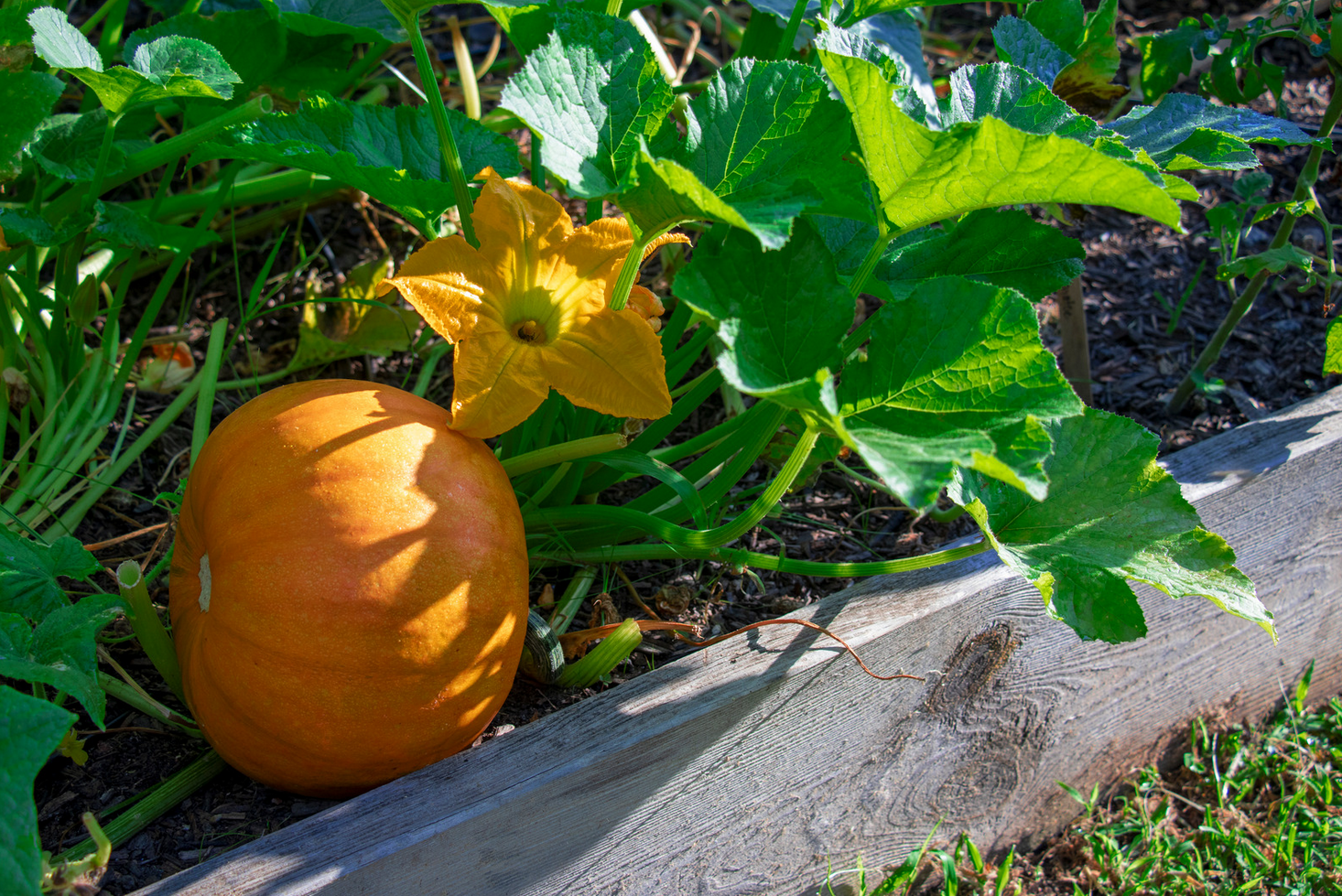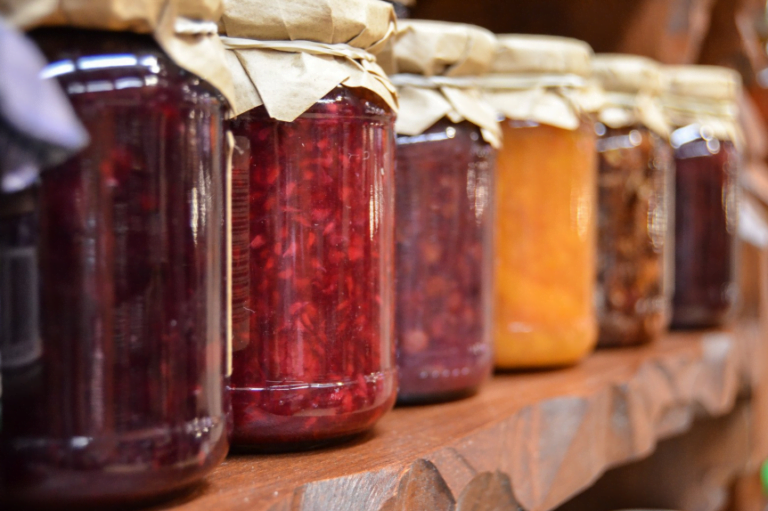3 Creative Ways To Grow Pumpkins In Small Spaces
Pumpkins are great! Not only are they amazing for making decorations, but they’re also great in a variety of dishes. If you’ve been dreaming of tasty home-grown pumpkin pies, soups, and cookies but you don’t have a lot of space to work with – here are 3 creative ways to grow pumpkins, no matter how much space you have to work with.
Ways of growing pumpkins in small spaces
Growing Pumpkins In Raised Beds
Growing pumpkins in small spaces doesn’t have to be difficult. Most people have room for some raised beds, even if they have a standard residential backyard! If you’re willing to do a bit of building, you can build raised beds for very cheap, or even practically free if you can scavenge some materials that your neighbors may be happy to have you haul away!

You can combine this with the vertical method below and attach a trellis, training your pumpkin’s vines to climb and stay out of the way. Or, you can use raised beds without the trellis, allowing the vines to grow down around the side of the bed and on to the mulch. However, this will mean being extra careful about mowing and keeping little ones or pets from tromping those delicate vines.
Pumpkin Varieties for raised beds: Looking for a great jack ‘o lantern pumpkin with a smaller spread? The ‘Jack Of All Trades‘ variety has 7’ vines, produces 15-17 pound fruit, and is great for both eating and carving! Small Sugar Pumpkins are also a good pick, clocking in at 6-10 pounds and a vine length of 4-6 foot. Sugar pumpkins are delicious but no good for carving though due to their thick skin.
Growing Pumpkins Vertically
If you don’t have enough floor space for a pumpkin patch, do you have some free “air space”? With a little effort, training a pumpkin plant’s vines to grow vertically can be an effective method of growing pumpkins in small spaces. Pumpkin vines can spread out 20 feet or more, but they don’t care which direction they happen to be moving in.
Growing pumpkins vertically, by using something like a fence or a trellis also keeps the vines out of the way of foot traffic, or your mower. This is important, because damaging the vines can spell disaster for your pumpkin crop.
You can easily make a DIY trellis using a large steel T-post and some heavy duty nylon trellis netting, secured with zip ties. Place it at the end of your raised beds, and then you can grow the pumpkins in the bed but train the vines to grow up the trellis, saving yourself a lot of space and keeping your backyard garden a little more neat and tidy.
However, if you don’t want to use the raised bed method, you can still use a number of other structures you may already have or want to add to your garden to train your vines. Existing fences, arbors, tomato cages, etc. can also be used to keep vines off the ground and contained to their designated spaces so as not to overrun your other garden plants or yard.
If you plan to grow weight pumpkins (5 pound range), then you will likely need to utilize some “hammocks” to support your pumpkins and avoid putting too much stress on the stem. This is easy enough to do, and you can probably use something you have laying around the house – such as some recycled produce mesh. Though a variety of other materials will work as well.
Pumpkin Vertical Growing: If you’re growing your pumpkins unsupported, stick to smaller varieties: Baby Boo and Gooligan, for example, are both edible and can be painted. Or, We Be Little is a 1.5 pound pumpkin which can be carved or cooked. However, if you add support hammocks to your setup, you can easily grow bigger pumpkins like Small Sugar Pumpkins or Sugar Pie.
Growing Pumpkins In Containers
Growing pumpkins in containers is another great space saving method! However, you need to be careful about what you choose here. Growing pumpkins in 5 gallon buckets might be do-able for some miniature pumpkin varieties, but 10 gallons is best as a starting point. If you want to grow the larger pumpkin types – then you should be looking at 25 gallon minimum containers.
You should also make sure that your chosen container is deep enough to support the pumpkin’s root system. A chosen container should be 20-24 inches wide and 20-24 inches deep as well to allow for appropriate growth.
However, if you’re an apartment dweller trying to grow edible pumpkins on your balcony – all hope is not lost! Many miniature pumpkins, like the Baby Bear variety are great for pumpkin pies and for roasting the seeds to eat. They weigh just 1.5-2 pounds each, and you should be able to easily grow something like this in a large container or bucket with limited space. Especially if you use a trellis to help train the vines upward.
Pumpkin Varieties for containers: The Wee B Little pumpkin weighs 1 – 1.5 pounds, and has only a 24-30 inch vine. It can be eaten, or also carved and decorated. Or, a purely edible option, the Sugar Pie pumpkin has a vine length of 4-6 feet, and is both sizeable (3-4 lbs.) and delicious in pies, soups, and more.
If your space is very limited, try Baby Bear, great for pumpkin pie and seed roasting, and weighs just 1.5 pounds. Or, the Gooligan or Baby Boo are cute white mini pumpkins which are both edible and can be painted and decorated. Jack Be Little is a great purely decorative variety which can be grown in a 5 gallon bucket.
PS. Needs some more help with your pumpkins? Try these tips for growing pumpkins and then these tips for preserving your pumpkin harvest!

Bob learned about farming from his grand dad. So, the decision to leave the city and start homesteading was not a difficult transition. He now lives with his wife and two kids on their 30 acre property in Ohio.




